On March 23, 2024, the Cologne City Museum opened in its new exhibition rooms (Haus Sauer) in the center of Cologne. In my opinion, it is the museum with the most inclusive exhibition in Germany, setting new standards. Its unquestionable self-image of an inclusive exhibition concept has raised the bar several notches.
„It is now state of the art for museums to offer one inclusive station per themed area or room. Strictly speaking, however, this approach is anything but inclusive, as it provides exclusive content via exclusive routes to exclusive stations. These usually don’t even pursue the same educational goal as the rest of the exhibition, let alone achieve it.“ Steffen Zimmermann
Preparation and consulting
Here, in the Cologne City Museum, we took a more fundamental approach. This is crucial for the high aesthetic inclusive quality. My consulting services on all inclusion issues were called upon very early on. As early as the conception stage and in close collaboration with the curators and scenographers, we looked at and discussed the entire list of exhibits from an inclusive perspective (i.e. „How can we make it better for all visitors?“), spontaneously explored possibilities of how and whether the respective object could be presented inclusively – and then made a preliminary selection based on these standards. As a result, many exhibits were removed from the display case, others were replaced, purchased, created as replicas or printed to make them freely and openly accessible. We decided which graphics were didactically feasible for everyone, which texts and objects and which photos and paintings. It was not so much a question of „What do we highlight?“ but rather „What do we unfortunately have to do without?“.
Execution included
After the final decision was made, it was also my task, together with the designers from neo.studio, to develop the didactic design of the objects and to create a tactile layer and lettering (also in pyramid writing and Braille) for all selected objects and graphics and finally to produce them with my printing partner. I also developed a stringent and intuitively usable tactile floor guidance system that also fits in perfectly aesthetically. The audio and videos are of course coordinated with the guidance system and additional information. The checkout counter is equipped with an inductive hearing system. The MultiMediaGuide naturally also offers videos in German sign language. The signage is non-discriminatory. The entire exhibition is accessible without thresholds.
Services for blind visitors
There are many opportunities for blind people to experience the city’s history in the new museum. The floor guidelines lead from the sidewalk to the entrance door, the cash desk and the checkroom. Then through all the exhibition areas and, of course, to the sanitary facilities. There are tactile overview plans on all floors for orientation. The most important texts in each exhibition area are also in Braille, and some graphics can also be experienced tactilely. Many exhibits explicitly state: „Touching allowed!“. The MultiMediaGuide also offers a guided tour specially adapted for people with visual impairments. People who are blind or visually impaired and have an assistance dog are allowed to bring it into the museum.
„The collaboration with the scenographers and exhibition designers neo.studio Berlin and the curators Stefan Lewejohann and Sascha Pries was characterized from the very beginning by equality and the common desire for a barrier-free place for everyone. This resulted in a wonderfully comprehensive project for me over two years. In addition to the inclusion advice and the floor guidance system, I produced around 166 (!) objects – all tactile – from information boards to plans, graphics and panels to exhibits. That’s an unusually large amount on 700 square meters with a total of 650 objects.“ Steffen Zimmermann
The Cologne City Museum writes:
A city museum for everyone
Inclusion and accessibility were key objectives when redesigning the permanent exhibition. In terms of both the spatial design and the content, the museum team focused on contemporary standards to ensure that everyone has an unforgettable visit to the museum. The exhibition areas are barrier-free throughout. Blind and visually impaired people are guided to important objects and content via a guide for the blind. For some selected exhibits, the explicit rule for visually impaired people is: „Touching allowed!“ In addition, numerous „hands-on“ stations have been designed for visitors with visual impairments. All main texts in the exhibition are also in Braille. There are also tactile graphics; the popular city model also makes the topography of medieval Cologne tangible with a haptic mediation element. The MultiMedia-Guide offers numerous other barrier-free functions. Source: Cologne City Museum press release from March 22, 2024
The new address:
Cologne City Museum Minoritenstrasse 13 50667 Cologne Postal address and administrative entrance: Kolumbahof 3 Opening hours: Tuesday Tuesday: 10 a.m. to 8 p.m. Wednesday to Sunday: 10 am to 5 pm 1st Thursday of the month: 10 am to 10 pm (except on public holidays) On public holidays (such as Good Friday or Easter Monday): 10 am to 5 pm
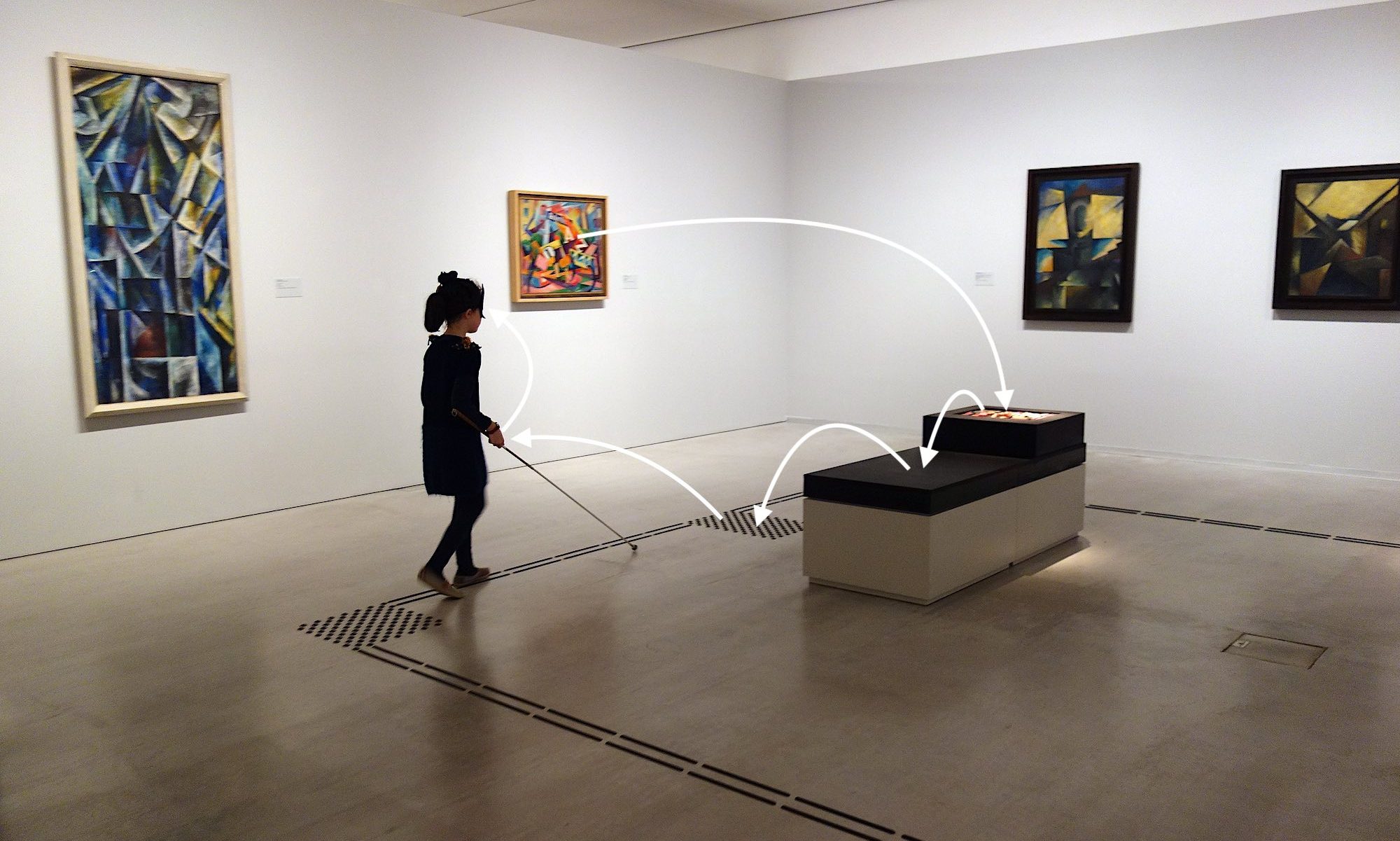




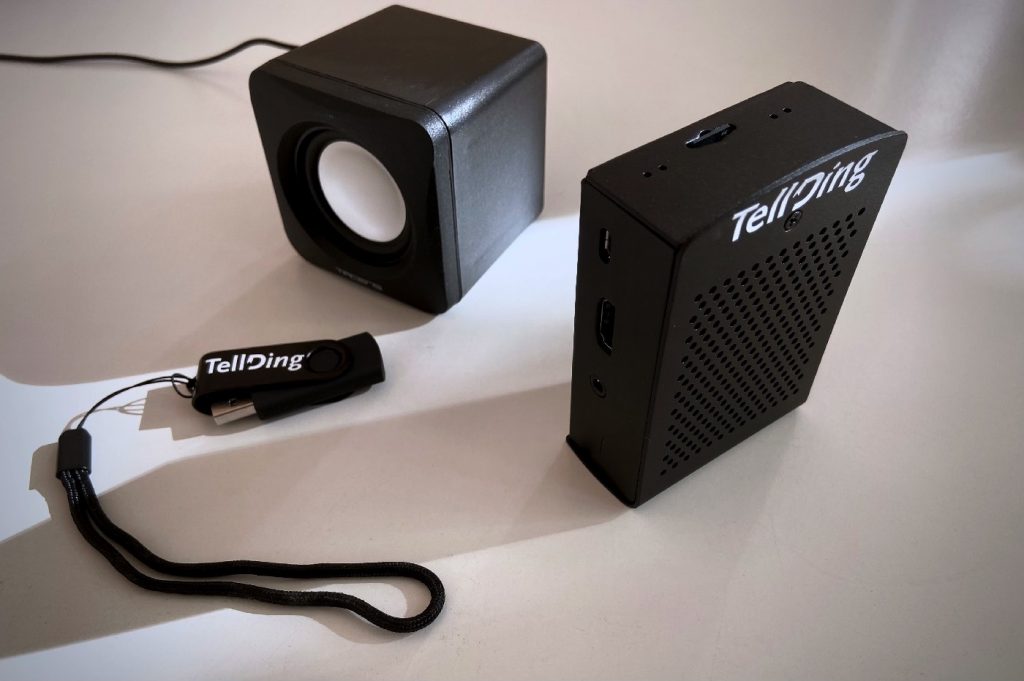
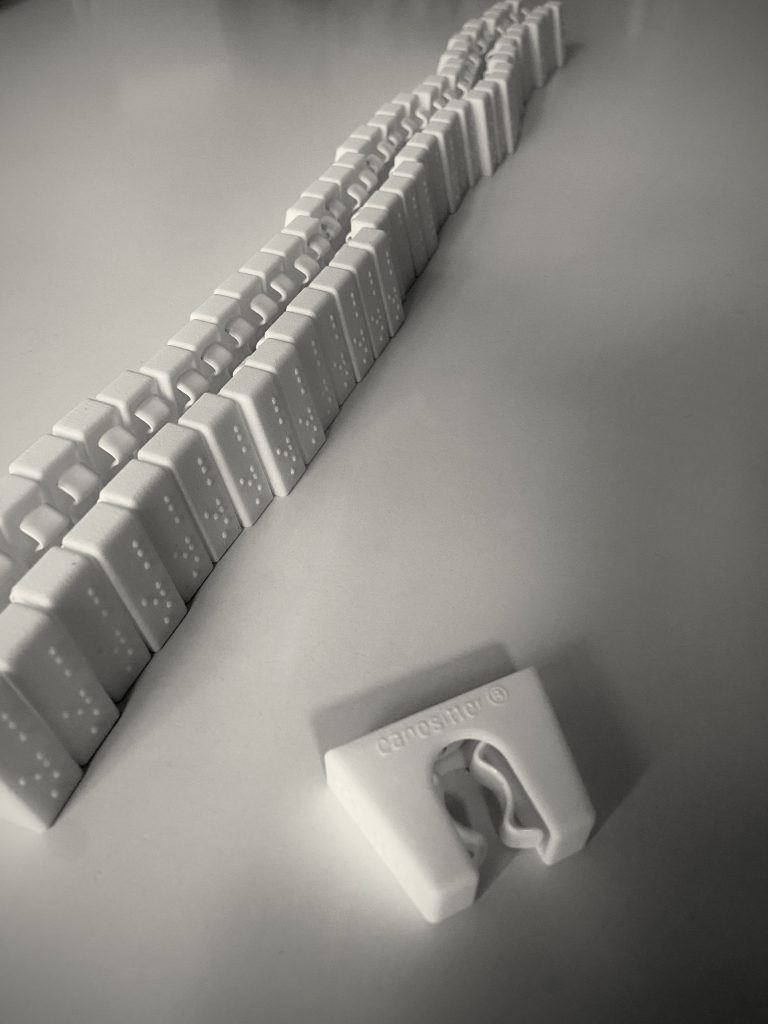




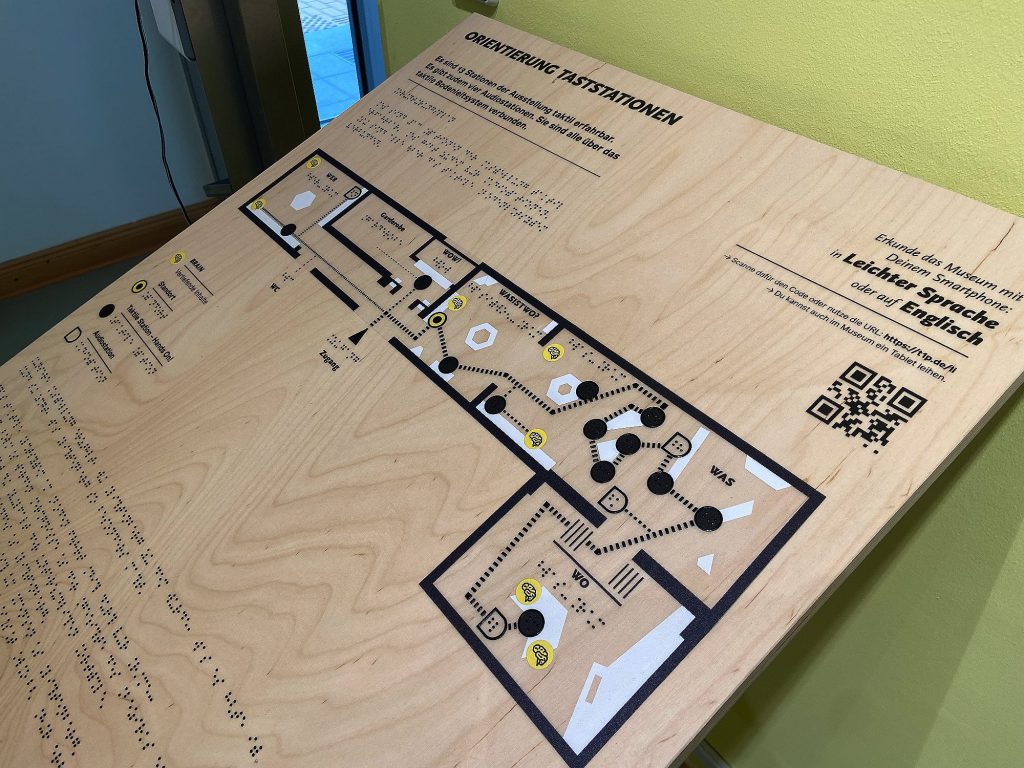

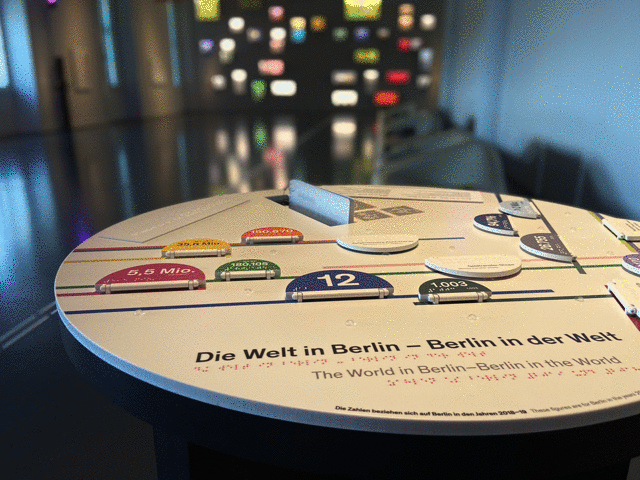



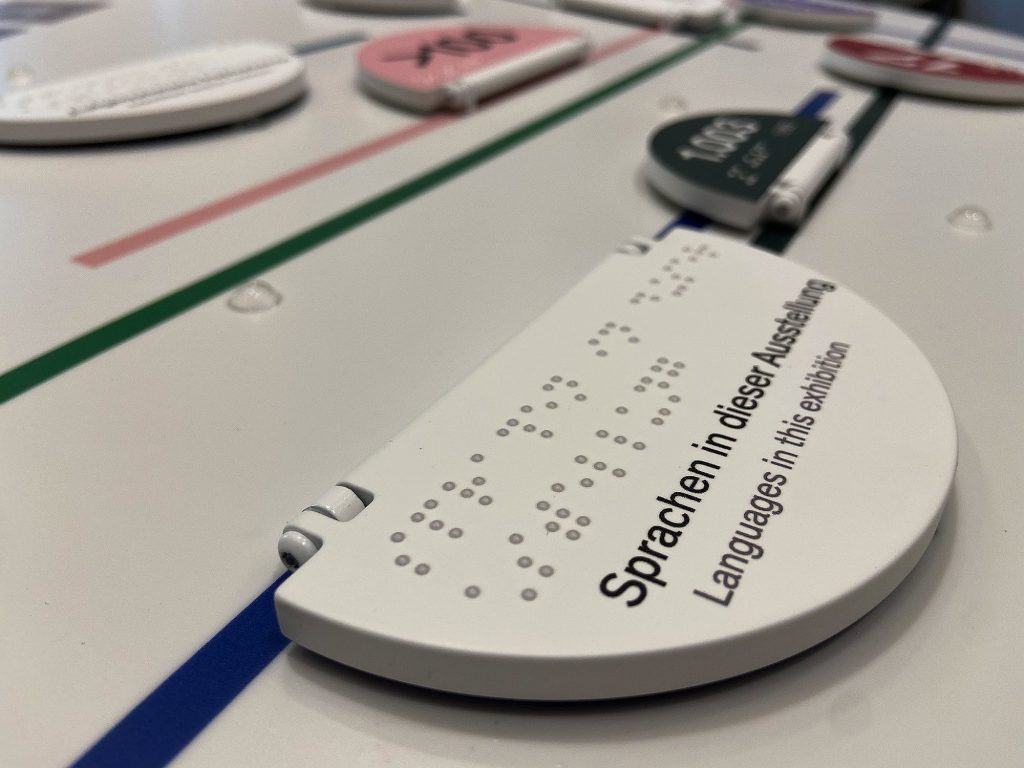

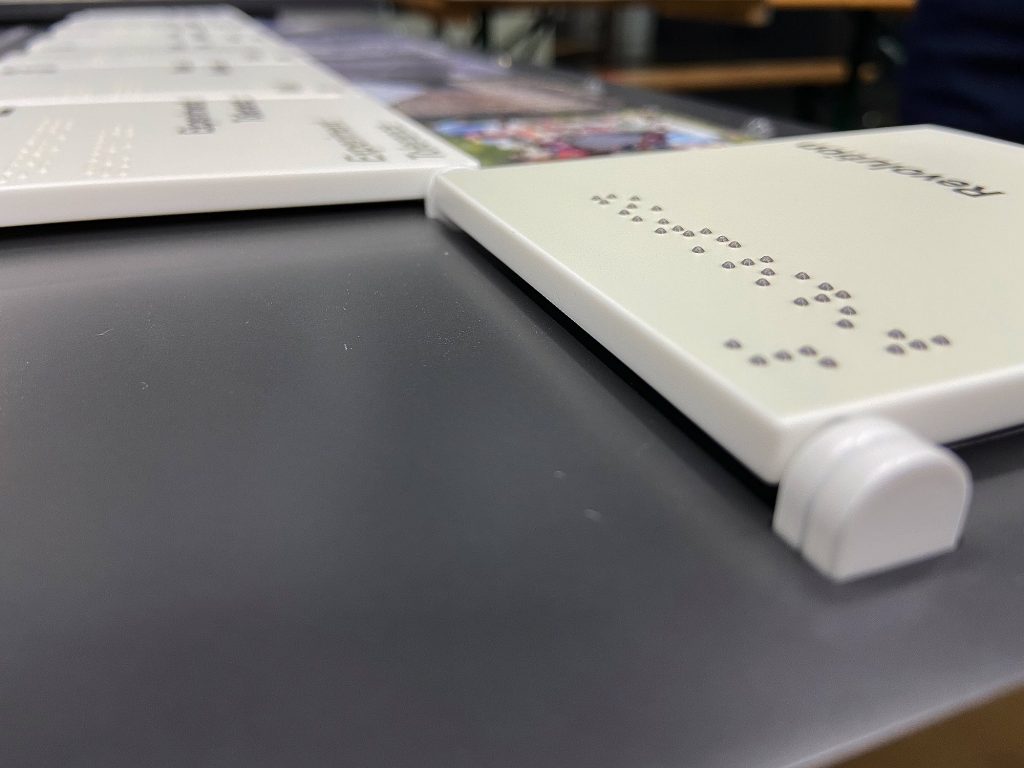

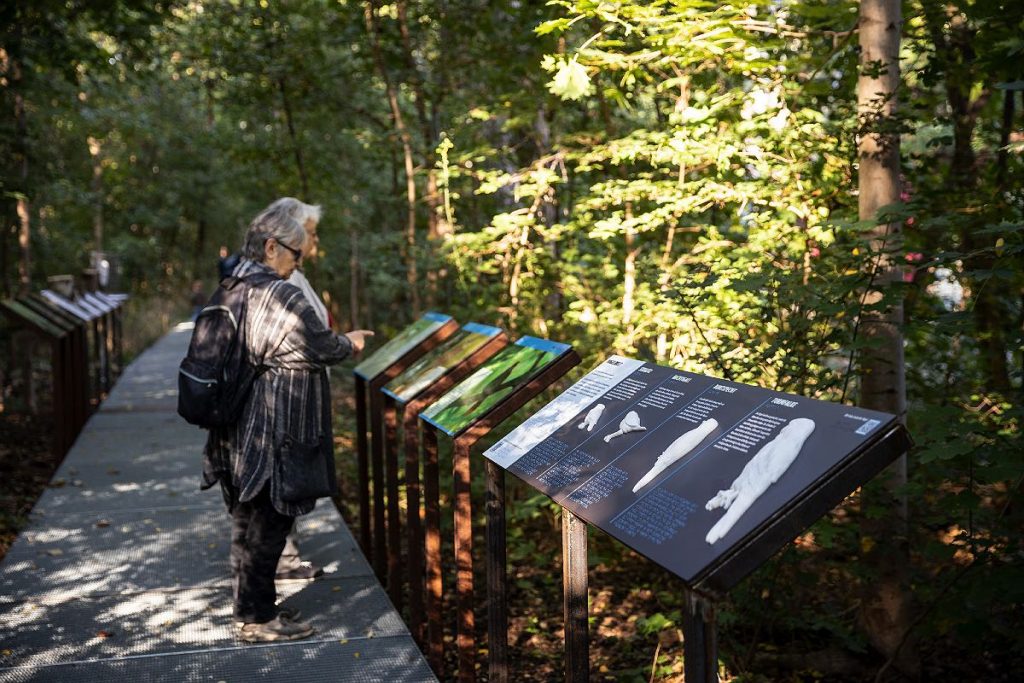




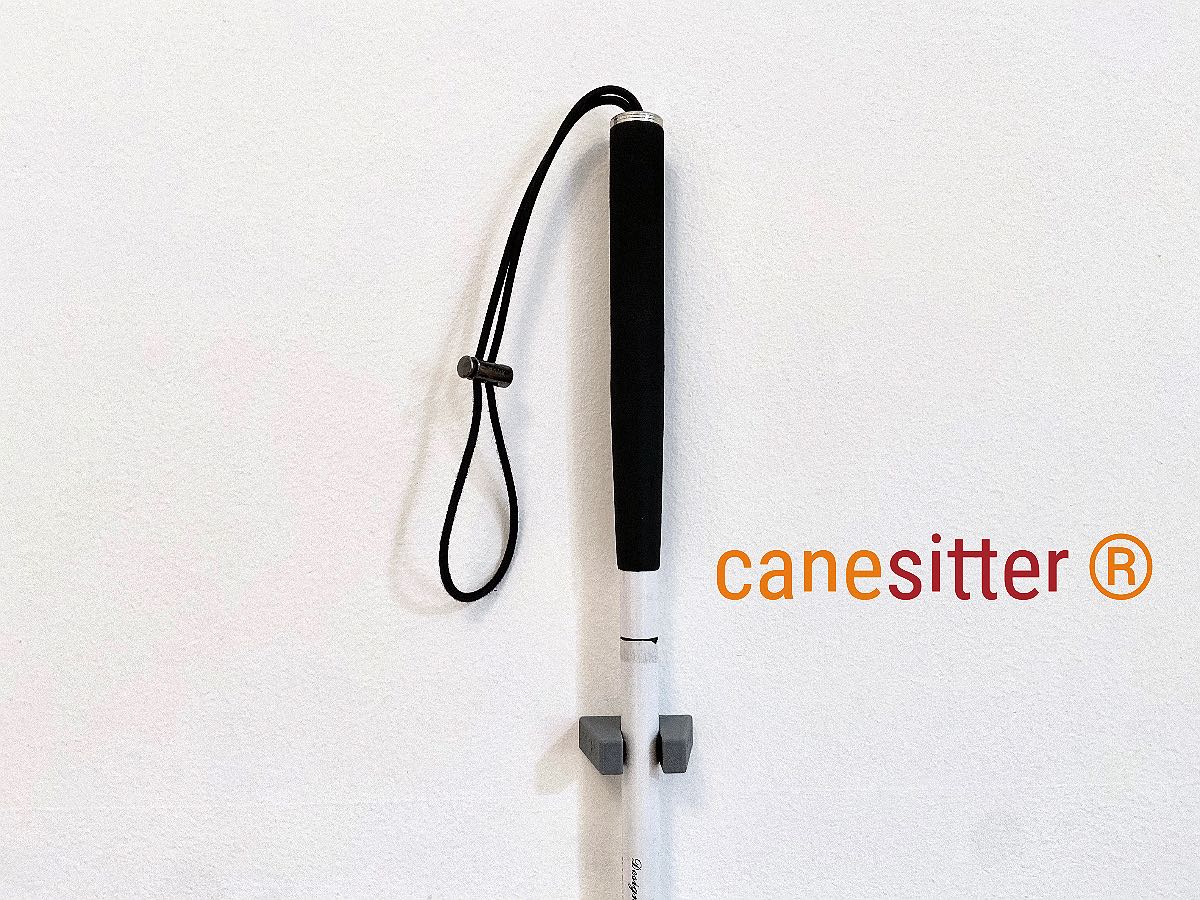





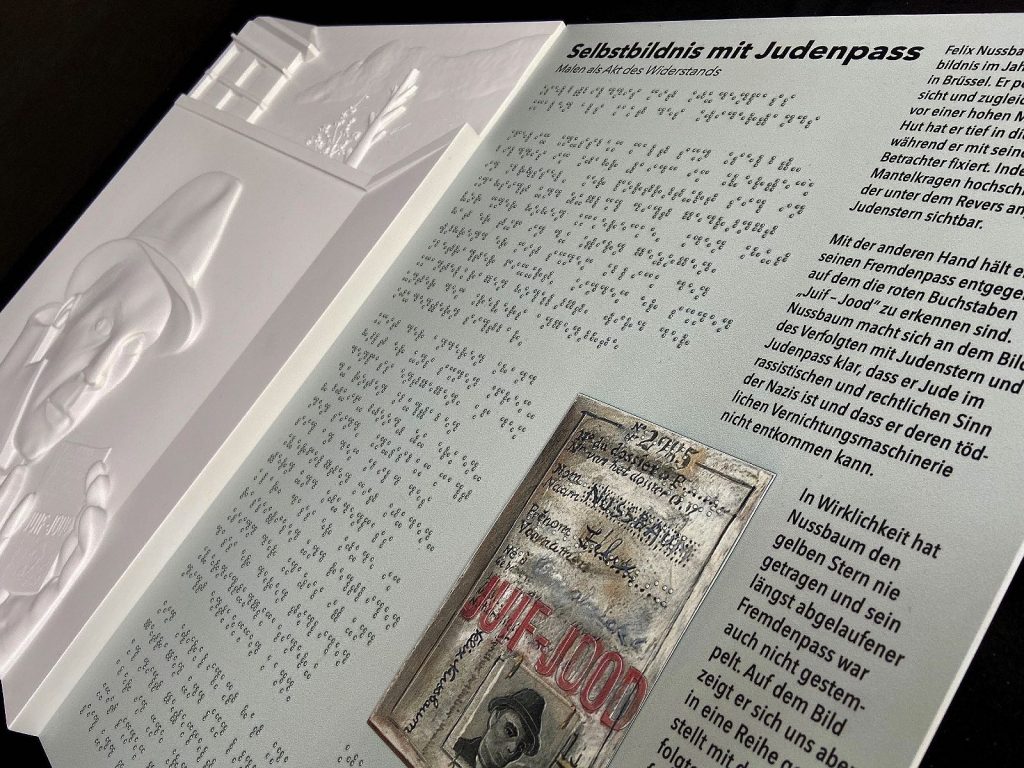
 A reference library on Berlin and regional history and a local history archive are attached to the museum.
A reference library on Berlin and regional history and a local history archive are attached to the museum.